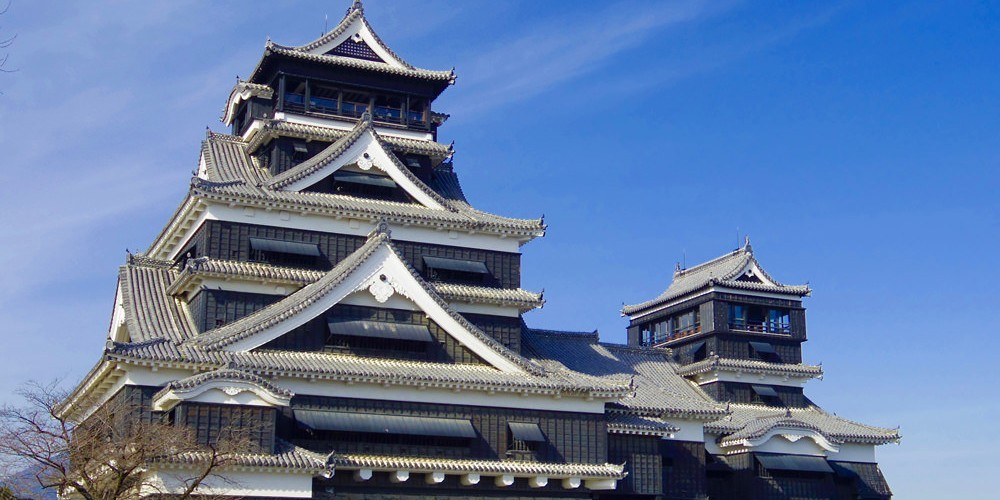As readers are surely aware, a series of earthquakes struck Kyushu, the southernmost of Japan’s four main islands, centered on but not limited to Kumamoto Prefecture. An extremely strong earthquake struck on April 14th, and an even stronger one two days later on April 16th. Moderately strong aftershocks were felt for days.
Dozens lost their lives. Tens of thousands have been at least temporarily displaced. With roads and train lines down in this somewhat rural prefecture, delivering food and supplies was proving challenging immediately after the earthquake. The situation has improved but the struggle will continue for some time. I will return to this point.
The effect on the sake industry could have been profound. Kumamoto Prefecture is not a large producer of sake, with only ten active producers remaining, but it is home to the company that produces the sake Koro.
Prevented by the daimyo ruling the region centuries ago from making alcohol from rice, the brewers of Kumamoto got a late start. They all pitched in to start a new kura that would function as both a producer of sake and a de facto R&D facility for the rest of the brewers. It remains that way today, cranking out the wonderful sake, Koro. And it was here, in this brewery, that the most significant yeast in the history of the sake brewing industry was born.
Koro supplies this yeast to the Nihon Jôzô Kyôkai, known in English as the Brewing Society of Japan, which then reproduces it and distributes it to brewers all across Japan. When distributed through the regular channel of the Brewing Society of Japan, the yeast is known simply as “Number 9.” However, there are those that insist it is best when sourced directly from the Koro brewery. Some brewers are able to do it with connections, a little money and some patience. When sourced from Koro, No. 9 is known as KA-1 or KA-4. As this is often listed on the label, you may have seen it many times before.
Returning to the situation in Kumamoto and the ten breweries there, while there was a lot of damage, most will recover in time. However, the two kura inside the city limits where the shaking was particularly violent suffered much damage, the extent of which is not yet clear. Those two were the makers of Zuiyo and Koro. The former experienced damage to both old buildings and stock. For the latter, the tall smokestack that is the iconic mark of sakagura everywhere collapsed on the building in which they stored their completed sake. Assessing the cost of the damage is not their priority at the moment.
Immediately after the earthquake, there was no electricity, though emergency personnel rectified that soon for most places. The yeast cells that are used as stock are kept at very low freezing temperatures. There have been no reports that the stock was lost. It is likely that Koro had “Plan B” in place, and also kept stock elsewhere in case just such a situation were to arise. Many Japanese companies have earthquake contingency plans. Had a situation arisen where the brewery were unable to continue its work, the loss to the sake industry overall would have been significant.
Such loss, however, seems inconsequential compared to the loss of lives in such a disaster. Then, too, there are all the lost homes. Let us all offer our support in whatever form we can to the people of Kumamoto, including those in the sake industry, with the hope that they can recover as fast as practically possible.
Those interested in providing support through financial contributions will find opportunities to do so through large, credible organizations both within and outside of Japan with a simple internet search.






